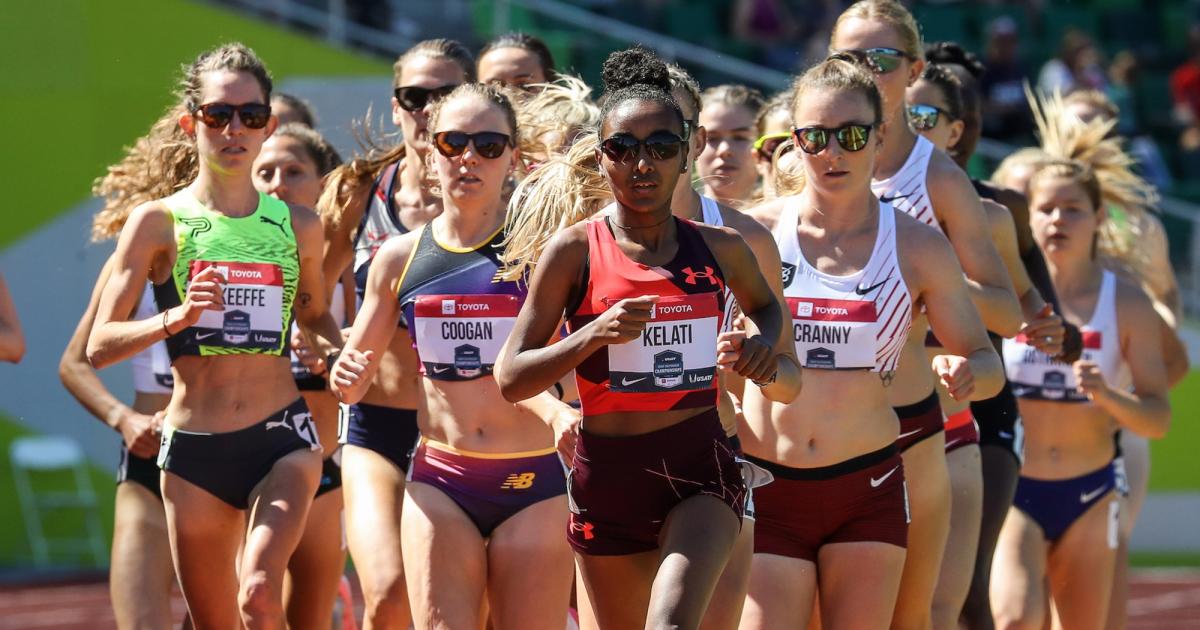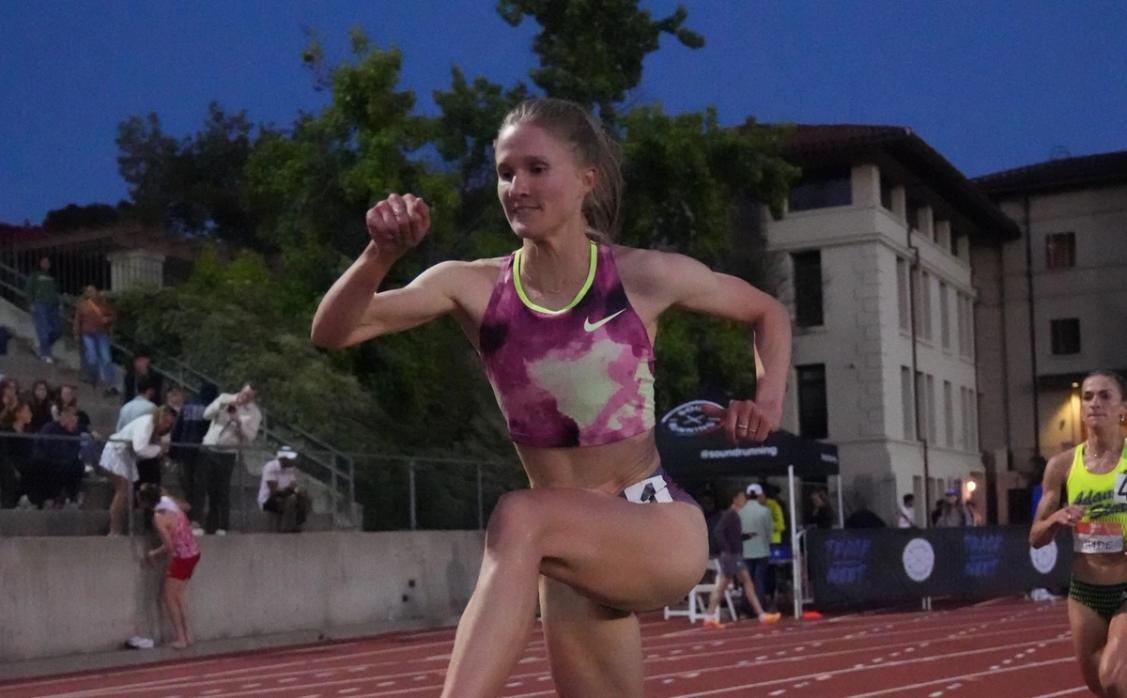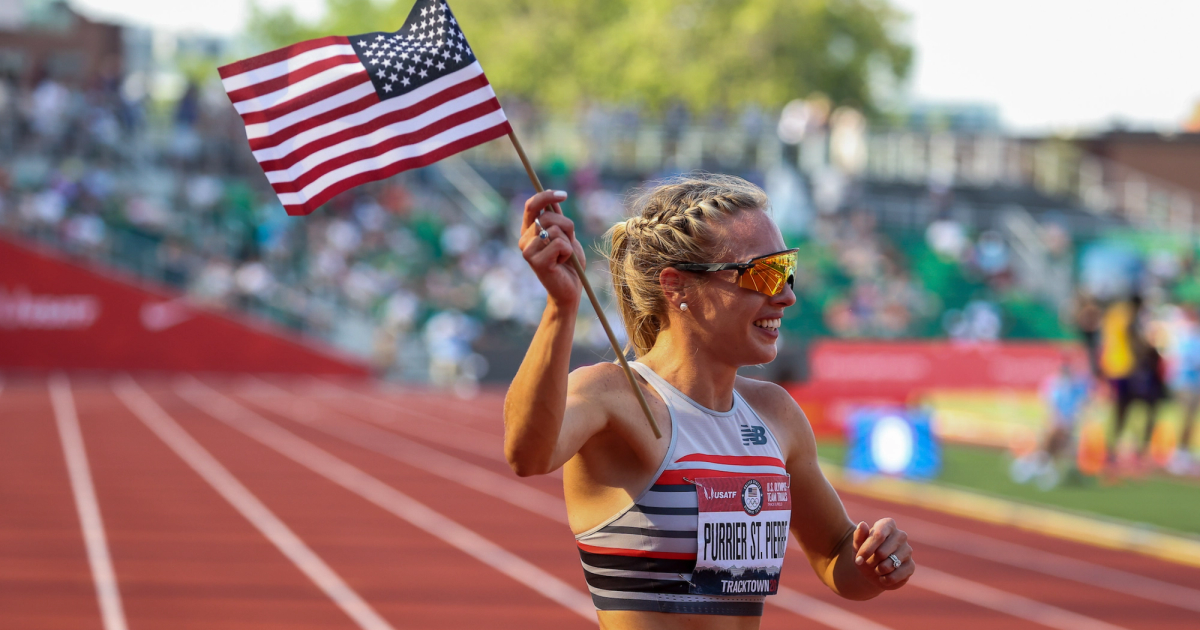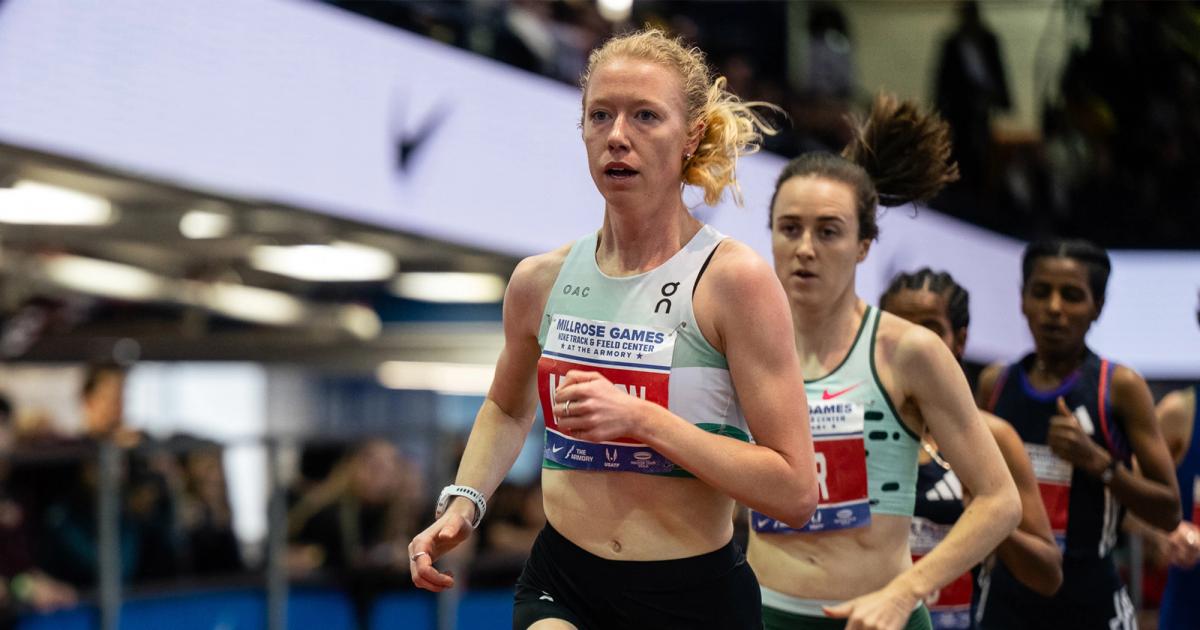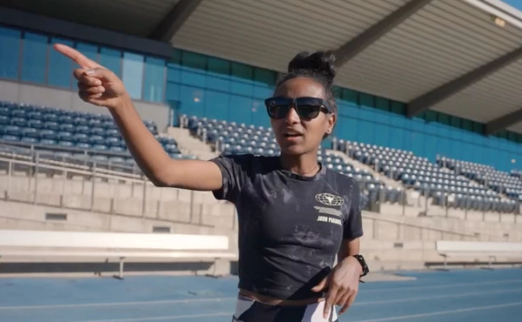By Chris Chavez
May 22, 2024
Hoping the situation would become clearer, we waited until the dust had settled from the Night of the 10K PBs and Sound Running Track Fest to parse through the 10,000m scenarios for the Olympic Trials on the women’s side. It did not, in fact, become clearer! No one snagged the Olympic standard at either event and no American likely will at this weekend’s Pre Classic. If you thought the men’s Olympic marathon puzzle was fun, buckle up for World Rankings hoopla, cross country chatter, and more.
Let’s start with the basics of…
“Who has the standard?” This is easy. Unless an American jumps into the Gudaf Tsegay World Record Attempt Athletics Kenya Olympic Trials 10,000m at The Nike Prefontaine Classic Race For The Cure and runs under 30:40, only Alicia Monson (30:03.82 from March 2023) and Weini Kelati (30:33.82 from March 2024) will have it by the Trials. However, Monson recently underwent season-ending knee surgery so the only woman lining up in Eugene with the standard will be Kelati. She just needs to finish in the top three and she’s good for Paris. We’ll come back to Monson though.
“Is anyone else qualified?” Remember all those cross country races Katie Izzo raced in the fall? It paid off and got her one of the eight spots allocated from World Ranking for Cross Country, which counts toward the 10,000m (as we World Athletics implemented last year). However, (are you tired of these “howevers,” yet?) Izzo doesn’t have the U.S. Olympic Trials standard and is currently the 31st-fastest U.S. woman in the qualifying window. They’ll fill the field with 24 people. But Izzo’ll be hoping USATF allows her into the Trials because she’s qualified for the Games and there’s a chance the U.S. can’t send three women without her in it. It’s also good because holding the XC spot would block another country from taking that spot.
Unlike the marathon qualifying system where a country is able to reallocate spots, Izzo's Paris qualifier only applies to her.
“Is there anyone else in the World Rankings quota?” Yes! U.S. Olympic Marathon Trials champion Fiona O’Keeffe. With her 31:03.46 in London on Saturday, she proved she’s in great form and battled to the line against Great Britain’s Megan Keith, who ran 30:36.84 back in March and assured her spot in Paris by winning the British championship title. O’Keefe could cash in with a top three finish or by winning another national title.
“What happened to last year’s team?” U.S. champion Elise Cranny (7th American, 34th overall in the World Rankings) has not raced a 10,000m this year and is working her way back from a coaching switch and symptoms of REDs. Karissa Schweizer (9th American, 43rd overall in the World Rankings) ran 31:04.80 in March. Natosha Rogers (6th American, 23rd in the World Rankings) has not raced since her marathon debut at the U.S. Olympic Trials, where she finished 28th in 2:34:51. These three are talented enough that if they show up to the Trials and if there are cool temps by some miracle, they can maybe try to chase the standard at the Trials. It’s certainly not easy, and would basically require a coordinated effort – you aren’t running 30:39 solo.
“Can anyone else get in via their World Ranking?” Elly Henes (5th American, 19th overall in the World Rankings) and Keira D’Amato (8th American, 37th overall in the World Rankings) will also be praying for cool temperatures, minimal wind, and low pollen counts. With Monson out, Henes is in a good spot to get in with her ranking, if she finishes in the top three at the Trials. D'Amato has a few more women to jump in the rankings and that will continue to be a moving target. Their hopes also rest on if women around the world don't run under the Olympic standard before the qualifying window ends on July 2nd.
“Where’s Parker Valby fit in all this?” We’ll throw Parker Valby’s name into the mix too because she’s run 30:50.43 – but doesn’t factor into the current World Rankings because it came at a category-E meet and she won’t have another 10,000m result on her record until she runs at the NCAA East Regional this weekend. (Sidenote: Her 10,000m debut at Bryan Clay was scored a 1206. Henes’ 31:07:23 was scored a 1186 despite the run being at The Ten, which was a category-B meet.) Valby’s known to run from the gun and won’t let the pace lag so if she finishes in the top three with a decent time, she could make it on the team. But think about the toll of three (Bryan Clay, NCAA Regionals, NCAA Championships) 10,000m races before going all-out at the Trials. Valby’s best bet could be to attack the 5000m, where there’s similar uncertainty and she’s proven to be able to solo a 14:52.
“So how many people can compete at the Olympics?” The Olympic field size will be 27 – with 8 spots already spoken for from XC allocation, so it’s more like 19.
Of those 19:
- Ethiopia will take 3 since they have 13 women with the standard
- Kenya will take 3 since they have 17 women with the standard.
- Australia’s Lauren Ryan took one spot with her 30:35.66 at the Ten.
- Team Great Britain has Eilish McColgan and Megan Keith qualified. (McColgan hasn’t raced since last April but appears to be coming off a training block in Colorado so she’ll maybe just have to prove fitness to British Athletics selectors at their Trials next month. She could also race at the European Championships.)
- Uganda has Joy Cheptoyek and Sarah Chelangat qualified via a road race in Valencia.
- The Netherlands takes two spots because of Sifan Hassan’s 29:37.80 in Hengelo last summer and Diane Van Es’ 30:29 from a February road race.
So we’re down to just four spots being granted to the rankings – three to Japan’s Ririka Hironaka, Rino Goshima, and Haruka Kokai and one to Great Britain’s Jessica Warner-Judd (she’s also under British Athletics’ dumb selection policy standard for their athletes. For 10,000 their standard is 31:10.00 and she ran 31:09.28 back in March 2023 so it counts. She was also eighth at the World Championships last year).
This is where we should have taken some cues from the Japanese, who smartly scheduled their national championships in December 2023 and May 2024. That’s two races where big points were awarded since national championships are considered category-B meets. To avoid this in the future, USATF should decide to host the 10,000 selection race later at night or at a different meet entirely.
At the moment, the 10,000m final at the Trials is scheduled for Saturday, June 29th at 6:09 p.m. PT. Last year, it was 91°F at that time. The year before, it was 79°F. Americans probably missed an opportunity for points and we should’ve had a fast 10,000m race in December. Forget the television window and hosting it at the Trials! They cut to commercials for most of it anyway!
Now Americans are in a position where we await a variety of factors that could lead to going down the World Rankings to fill the field. Will Hassan even run the 10,000m as part of whatever double or triple she concocts for Paris? Is McColgan healthy enough to race? (My guess is yes.) Will Team GB take Warner-Judd? (My guess is yes.) Will Eritrea, Burundi, Italy, Sweden, Uganda, the Netherlands and France all use their cross country spots?
If the Trials are hot and slow, Monson could technically show up on crutches, walk it in 90 minutes and still qualify for the Olympics. What a sight that would be!
"So what should I watch for at the Trials?" It will be the top three at the Trials who have the Olympic standard or are qualified via cross country or are within the rankings quota (but the rankings will not be official until July 2nd).
When we wrote about the men’s marathoning conundrum, some said we were hitting the panic button too early. In hindsight, we probably weren’t panicking enough! This is just where we stand with a month to go until the Trials – it’s appropriate to start nervous sweating.

Chris Chavez
Chris Chavez launched CITIUS MAG in 2016 as a passion project while working full-time for Sports Illustrated. He covered the 2016 Olympics in Rio de Janeiro and grew his humble blog into a multi-pronged media company. He completed all six World Marathon Majors and on Feb. 15th, 2025 finally broke five minutes for the mile.
